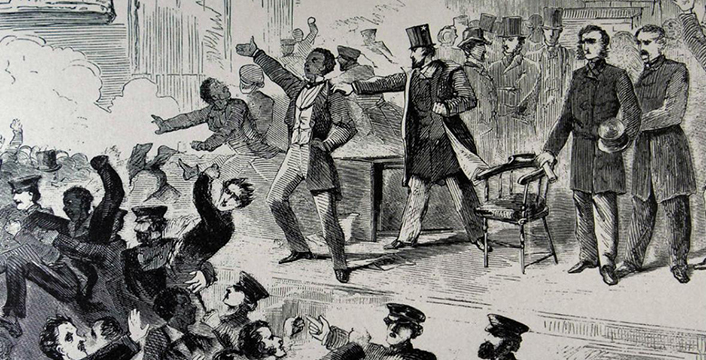
Read our whole series on the history of slavery here.
Slavery is an appalling practice that has existed since the origins of human history. Although at many points in history, liberators have worked to free specific groups of people, the Abolitionist Movement was different, as it aimed to put an end to slavery as a practice.
The Roots of the Abolitionists
Some of the first countries to do away with slavery as a practice were located in Western Europe, around 1500. Many European countries were careful not to use slavery in their homelands, but relied heavily on slaves to build their empires abroad. The next step in the abolitionist movement was the ending of the slave trade globally. Slavers who were caught transporting slaves across the ocean were tried in court, and those captured were set free. However, there were still large numbers of slaves already in place in the Americas, and the profitability of the work they provided made them a valuable commodity to their owners.
The American Civil War
At the time of the American Civil War, there were more than 4 million slaves working in the United States, 95% of whom were in the Southern states. The major political issue leading up the beginning of the Civil War was the expansion of slavery to the West. Northern abolitionists believed that if they could stop the spread of slavery, they could end the practice altogether.
In 1860, Abraham Lincoln won the presidency, and the Southern states seceded from the Union shortly after, forming the Confederacy. The Confederate States of America were centered around the preservation of slavery, while the Northern Union was focused on preserving the country, as well bringing an end to slavery.
The Emancipation Proclamation and Beyond
With the stroke of a pen, President Lincoln changed the war by signing the Emancipation Proclamation, changing the status of all enslaved Americans from bondage to freedom. This meant that although slaves were still working throughout the South, if they could escape to the North, they would be legally free. Many slaves were able to escape to northern states using the Underground Railroad. In 1865, the Union regained control of the Confederate States, and the slaves in those areas were formally freed. Many of the freed men joined the American Army and Navy to ensure their free status.
Although legally free, the lives of black Americans did not immediately improve. The battle for racial equality is one that is still ongoing in the United States, a reminder of our dark past.
Join Us to End Slavery in Our Lifetime
At this point, every country on the globe views slavery as illegal, but the practice still has strong roots in many locations. Experts estimate that more than 45 million people are currently enslaved worldwide, many of them women and children, as they can be easy targets. Restavek Freedom is one of the top charities at work in Haiti, using child advocacy, education, and activism in an effort to end the restavek system in our lifetime.
Partner with us today through creative fundraising, child sponsorship, and by raising awareness throughout your community. Click here to help us end slavery for more than 300,000 children in need.









